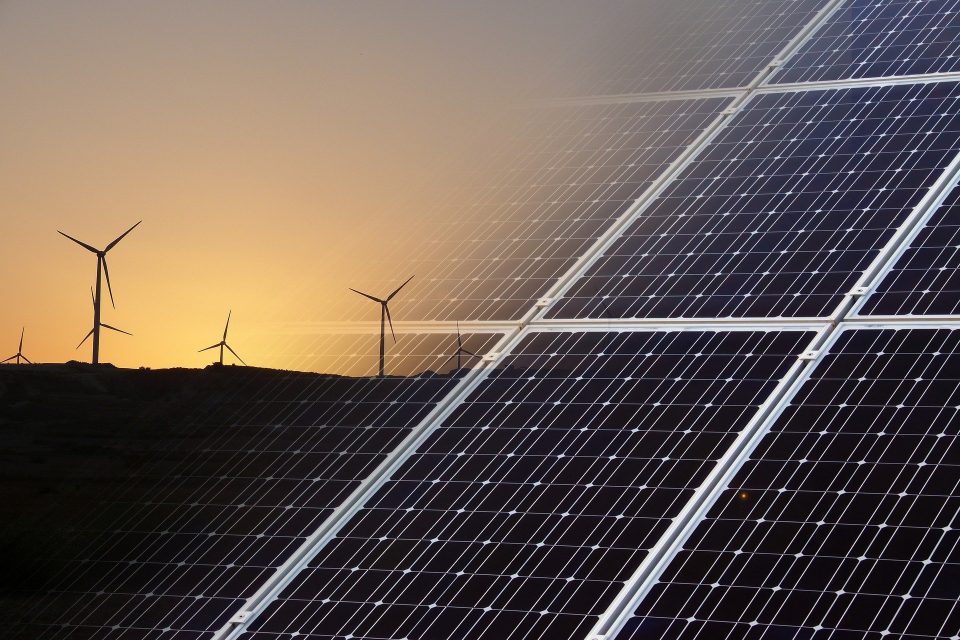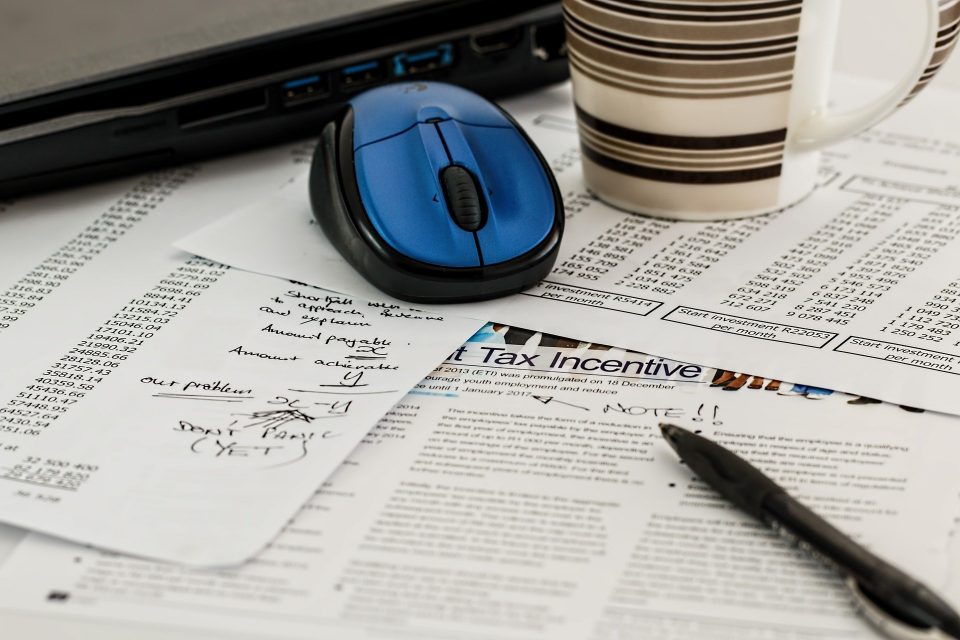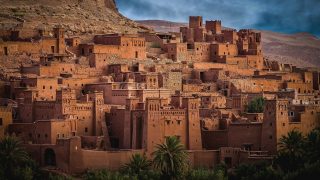Morocco took advantage of the 10th General Assembly of the International Renewable Energy Agency (IRENA) to announce new developments in its energy policy; indeed, the current Energy Minister, has stated that Morocco’s ambitions for renewable energies have been reviewed at the rise in the short and medium term.

King Mohammed VI has asked the government to speed up the timing of all renewable energy projects, to ensure the country’s energy security in compliance with its commitments in the fight against global warming. The Kingdom has thus decided to increase the share of clean energy to 42% by 2021. A share that should rise to 52% by 2030.
To achieve this goal, Morocco has indicated that it will accelerate scientific research in the energy sector, develop strategic international partnerships and support the industrialization of its renewable production.
Government involves the private sector
To contribute to the installation of these additional production capacities, Morocco plans to launch several solar projects during the year. The Moroccan Renewable Energy Agency (MASEN) announced that it planned to use 1000 MW of solar projects, under the Noor solar programme. At the end of January 2020, the Moroccan Government launched a call for expressions of interest (MAI) to accelerate this ambitious solar programme.
The objective of the operation is clear: to assess the interest of private actors to participate in the call that will be launched subsequently for the development of nine new photovoltaic production units.
These solar power plants will be distributed over a geographical area that extends from the city of Boujdour, on the Atlantic coast, to the city of Guercif, in the northeast of the country. All these plants will display a power of up to 400 Mwp.
Energy consumption based on nearly 90% on fossil fuels
Despite these “positive efforts”, Morocco’s primary energy consumption is still almost 90% based on fossil fuels: 62% on oil, 21.7% on coal and 5% on natural gas. As the domestic production of hydrocarbons is “neglected”, Morocco is very dependent on imports. Morocco’s energy bill related to these imports amounted to 69.5 billion dirhams in 2017, or about 6.3 billion euros.

A 32% increase in energy consumption between 2007 and 2017
Morocco’s ambition is to strongly develop renewable energy in the electricity production sector: in 2009, the objective was to increase the share of these sectors to 42% in 2020 of the total installed capacity of the electricity fleet. Since then Morocco has specified that the renewable energies will have to represent beyond 52% of the electric ability to the country within 2030. For this reason, Morocco relies on the various renewable sectors: wind (9.5% of electricity production in 2017), hydroelectric (4%), solar (1.3%) including thermodynamic plants.
It is recalled, however, that coal still largely dominates the Moroccan electricity mix (53.5% of production in 2017). Morocco’s primary energy consumption increased by 32% between 2007 and 2017 (reaching 20.5 Mtoe that year). The growth in electricity demand is even stronger and could continue at an average rate of 5% per annum by 2021 according to the IEA (International Energy Agency).
Morocco (which hosted COP22 in Marrakech at the end of 2016) has committed itself under the Paris agreements to reduce its greenhouse gas emissions by 42% by 2030 compared to a “business-as-usual” scenario at this time, provided that “receive substantial support from the international community” (without this external support, the target is limited to a 17% reduction in emissions by 2030). In 2017, Morocco’s electricity production depended on fossil fuels for over 80%.
TAX SYSTEM
The new Customs Administration Circular first recalls the establishment of a new offence concerning the abuse of the customs warehousing or warehousing regime. On the basis of the new adjustments to customs tariff, the new rate (10%) which will be applied to certain types of commercial vehicles intended for the carriage of goods and with a payload of between 2.2 and 3.5 tonnes is maintained. It is also a matter of reducing the import duty quotas of certain inputs used for the manufacture of photovoltaic panels (plates, plastic plates, safety glass, aluminium panel frames).

For investment projects which have been the subject of an agreement signed with the State (the amount of which exceeds DH 100 million), the Circular stresses that the period of eligibility for VAT exemption on the import of capital goods necessary for their implementation (36 months) must now start from the first import operation linked to the project in question. This period may be extended by a further 24 months. For their part, microcredit associations will benefit from a VAT exemption on imports of equipment and equipment intended for their operation.
Finally, although there are many projects concerning renewable energy in progress, it remains a “new” sector and everything to discover for Morocco and consequently there are no deductions or exemptions about its tax regime. It is currently heavily used by private individuals as farmers and industrialists, sectors that require daytime energy and therefore is exploited immediately and not preserved due to the lack of conservation facilities for their minimal cost.



